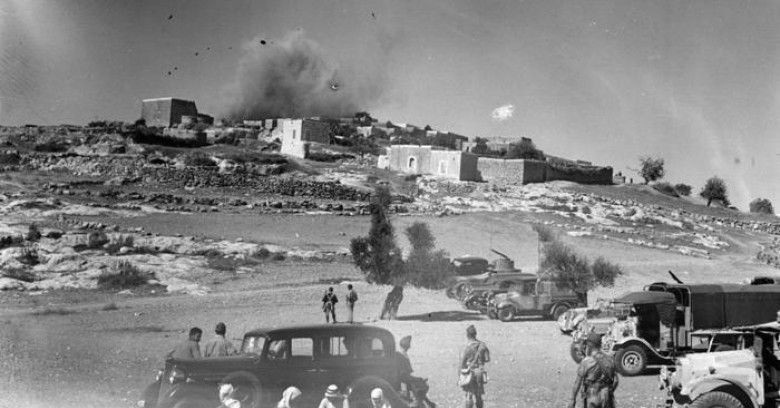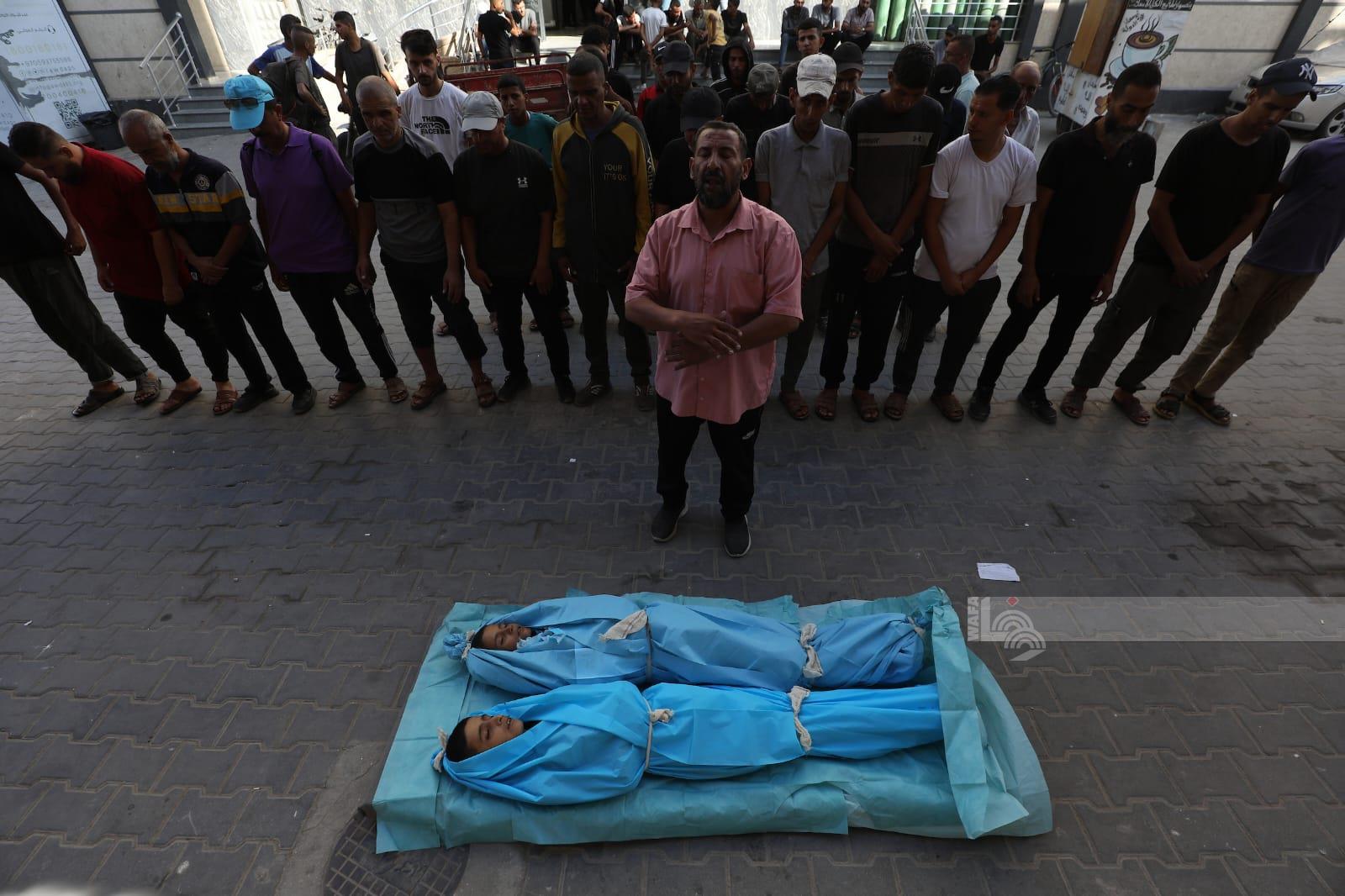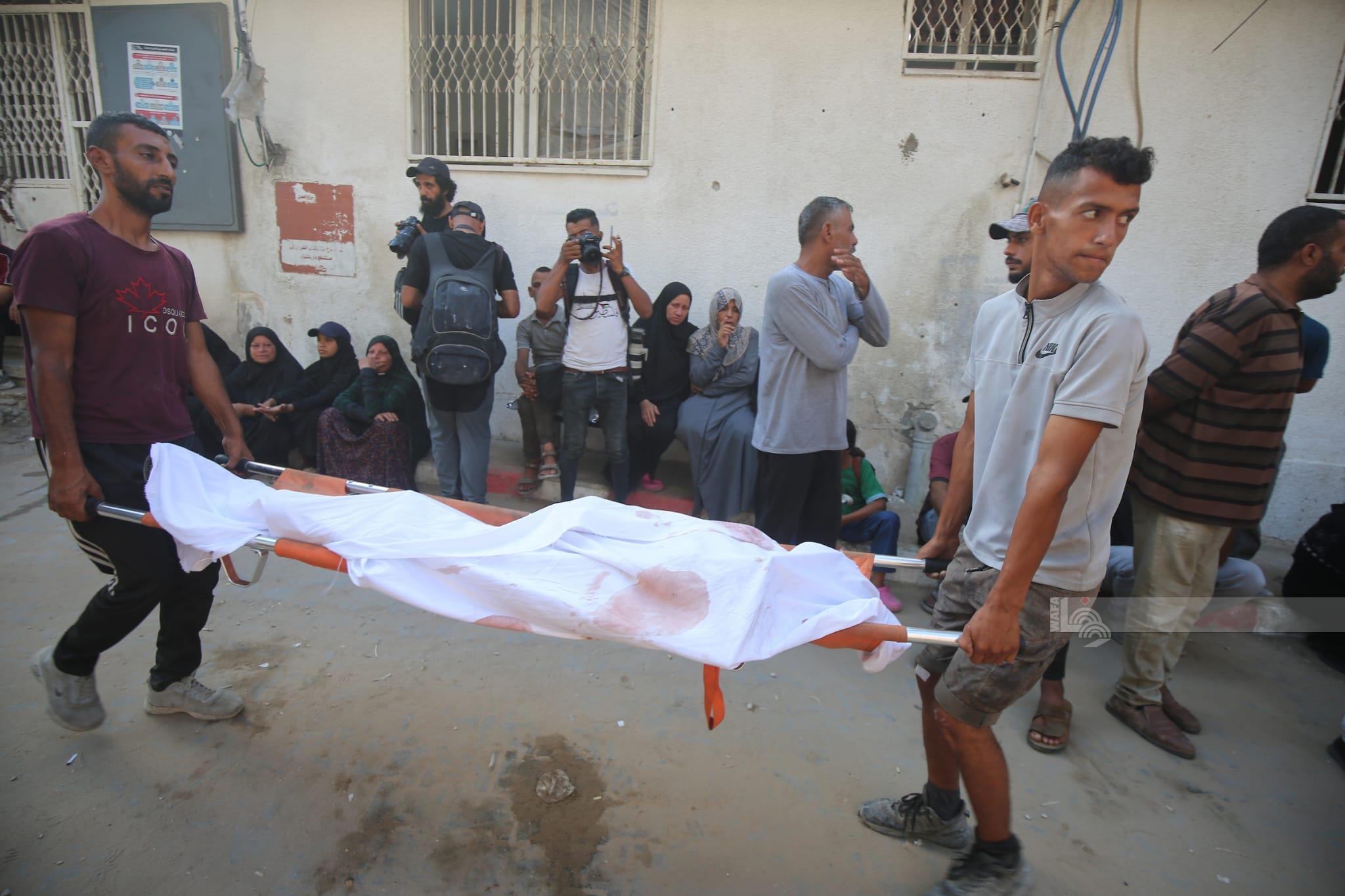By: Malak Hasan
COPENHAGEN, September 13, 16 (WAFA) - The issue of refugees and asylum seekers has always been on the agenda of world countries and organizations to which several laws and schemes were drafted in order to manage and regulate the flow of people who were forced to leave their own countries.
However, since the war broke out in Syria in 2011, hundreds of thousands of Syrians were forced to flee the violence and seek refuge in Europe. By this time, the refugee crisis became a true global concern and a European one in specific.
One of the countries that faced the unexpected flow of migrants is Denmark; a country that is home to 5,026,561 Danes; 600,674 of whom are immigrants and their descendants, according to 2014 statistics available on the official website of Denmark.
While the country is known for its rich resources and excellent welfare system, many Danes worried that the flow of immigrants would require extensive financial assistance that would strain the country especially during these times of economic insecurity in Europe.
Others, on the other hand, worried about the ability to successfully integrate immigrants who come from backgrounds with foreign ideas, different religions, and most importantly different culture and language that would render it impossible to integrate into the Danish society.
Touring the streets of Copenhagen, it is probably one of the least diverse cities in Europe unlike London, Paris and Germany. According to a data by the Harvard Institute for Economic Research, Denmark is one of the more demographically homogenous countries in the world.
This long demographical homogeny is making it a lot slower to accept the flow of immigrants into Denmark and other European countries. Some believe the refugees’ crisis has highlighted the difference between Western and Eastern Europe, and posed difficult questions about global inequality.
Even the response of many governments has stunned the world and sparked a debate on how best to deal with the flow of refugees into any country. Many, but not all, refugees were isolated in camps, left to battle their emotional and physical pain instead of enjoying the safe haven they sought.
For Palestinian Syrian refugee Huda Hussein, 20, who crossed into Europe like many others in dangerous and crowded boats, said while the road was difficult, adapting to life in Denmark while living in a refugee camp isn’t any easier.
She told WAFA that her experience in Denmark is harsh and degrading and she would have never left Syria if she knew how hard her life is going to be.
While Huda’s story should not be taken as a general example to describe every refugee’s life in Denmark, many, especially the newer refugees who arrived amid economic crisis and growing European detest of immigrants share the same experience.
But it shouldn’t be this way, says Simona Abdallah a Danish musician of Palestinian origins who plays Arabic percussion, especially Darbuka. She has become a known figure in Denmark due to her beautiful music and for being one of very few female percussionists.
While Simona was born in Germany, she can speak volumes about the importance of integrating refugees into the Danish society in order to allow them to become contributing and balanced individuals.
Now living in Hellerup, she said Danes could easily tell her accent because she grew up in a refugee camp, which she refers to as a ghetto, with other Arabs and immigrants. She feels that living in a refugee camp has slowed down the process of integration of her family and relatives within the Danish community.
She said, “They were not even encouraged to learn Danish and they stayed the same. They were stuck in time.”
In Simona’s opinion, refugees should be distributed in a way that ensures that they live with other Danes in order to embrace the new culture and become part of the society.
Another young woman who is a strong advocate of integration is Natasha al-Hariri. She is a confident mother, a wife and an activist advocating for human rights, refugees well being and integration.
Natasha was born in 1989 and said she was very lucky to live in the Gentofte municipality area with mostly Danes. Her fluency in Arabic, English and Danish proves that Natasha has gained much from living with other Danes instead of being isolated in a refugee camp away from the true Danish community.
Natasha became more vocal in the debate storming Denmark and many other European countries, and served as the president of the New Danish Youth Council from 2012 to 2013 and later became a member of the Council for Ethnic Minorities, and on the board of Refugees Welcome, an organization that aims to help refugees in leading secure lives.
Natasha is a living proof that Muslims of Arab origins can successfully integrate in their society and yet still celebrate the cultural identity that they brought along with them from their homeland.
She said that after she left high school, she learnt how hard it is for immigrants to integrate within a new society and how important the role of local communities is to make immigrants embrace the new life and society in order to become successful individuals.
Although the current government is exerting efforts to boost integration in Denmark, the experience of old and new immigrants and refugees proves that the Danish government should adopt a new approach to integration.
Immigrants and refugees should be allowed to integrate with the Danish society while being allowed to celebrate their heritage and true identity. For example, Natasha is a practicing Muslim who wears a hijab but identifies as a Dane.
More voices in Denmark call for the support of multiculturalism as well as socio-economic integration by changing the discourse and integrating immigrants into all paths of life in Denmark.
Denmark‘s concept of Danishness should evolve to fit new cultures and new ways of thinking. Such change will allow immigrants and refugees to bring much more than if they were just isolated in remote refugee camps.











